The longer you search, the more factors impacting deliverability you’ll find on the internet. Whatever the source, you’ll always stumble upon one factor, though – email sender reputation. Is it really that important? And how does one make it better? Let’s see.
What is email sender reputation?
Email sender reputation is a combination of IP and domain reputation. Let’s discuss them separately.
IP reputation
Each email sending provider (ESP) offers a set of IPs that they use for sending emails. The majority of them are shared between thousands of accounts though purchasing private IPs is also an option. The latter is much more costly so most senders rely on a shared IP.
Each of these addresses has a certain reputation on the internet that tells email servers if they should trust emails coming from that source. And the servers take it seriously to the point where 83% of failed deliveries can be blamed on poor reputation.
And this reputation doesn’t come from nowhere. It’s also not something you can build overnight. The reputation of the best IPs takes years to build but can be ruined with just a single failed campaign.
Domain reputation
IP reputation is also closely connected with your Sender domain reputation.
Using a battle-tested IP from one of the best ESPs won’t help much if your domain is known in the network for sending unsolicited messages.
The same way having a great sending history behind your domain won’t guarantee excellent results, if the IP you use comes with a poor reputation that does not mean all is lost. This is relevant, for example, to free Gmail or Yahoo! accounts that are commonly used for sending spam. If you’re sending a high volume of emails, you want to use more sophisticated tools.
What impacts the sender reputation?
Here are some of the key things that can make a difference:
- Spam complaints – the number of recipients that hit ‘Report as Spam’ on previous emails. The more frequent such behavior is, the worse your spam reputation will be
- Spam traps – these are accounts set up by Internet Service Providers (ISPs) that look just like any other email account. However, sending an email to one is likely to get you on one of the publicly available blacklists
- Soft and hard bounces – the first indicates temporary delivery problems, the other usually occurs when an account you’re emailing doesn’t exist (could be mistyped or simply no longer exists). Read more about soft and hard bounces in another article.
- Sending history – this broad term covers things like volume and frequency of your emails. More about what kind of history spam filters like below.
- Engagement – this factor also focuses on your past performance and takes into consideration the frequency with which your readers open your emails, reply to them and click on the links.
- Unsubscribes – the rate with which your readers have unsubscribed in the past. Be aware that your own employees could be unsubscribing from your emails, hurting your reputation.
As you can see, the list goes on and on. Ultimately, it all comes down to how your previous emails performed.
If a lot of people opted out (via unsubscribes or, worse, spam reports) or didn’t care to even open your emails, your reputation will be low.
If you, however, have a healthy, engaged list that you grew organically, your odds of having the next email delivered are high.
Not sure where your sender reputation is right now? Luckily, it’s fairly easy to check.
How to check your sender reputation?
There’s a number of tools that give a pretty decent indication of your reputation. You should be aware that each uses a different methodology and each has a different set of data at hand. But nevertheless, it’s worth running a few of them to see where you stand at the moment.
Sender Score
Sender Score is a free tool from Return Path, the folks behind many other tools for tracking & improving deliverability. The tool they released rates IP addresses on a scale of 1 to 100, with 100 indicating a perfect score.
Right from the homepage, you can type in your email address and see a basic set of data about DNS records present or an SSL certificate. Create a free account and you’ll get a hold of the actual Sender Score for each of the addresses you recently used for sending.
ESPs depend on good deliverability so they invest a lot of effort into keeping their ratings high. A score of 90 or more is already considered good. If you’re below that level, there’s certainly room for improvement.
The Sender Score 2018 benchmark offered a lot of interesting conclusions.
By far the highest sending volume can be observed among the senders with 91-100 ratings (ESPs and private IPs with high volumes) and… 1-10 (spammers).
The top 10 had only 0.5% spam reports. In the next group (81-90), the number rapidly rose to 2.8%. Clearly, a few extra inactive accounts on your list can make a lot of difference.

source: https://returnpath.com/
Even more interestingly, the delivery rate for the 91-100 group was much higher than for even the 81-90 senders. A few extra points on the Sender Score scale are more significant than they appear to be at first.
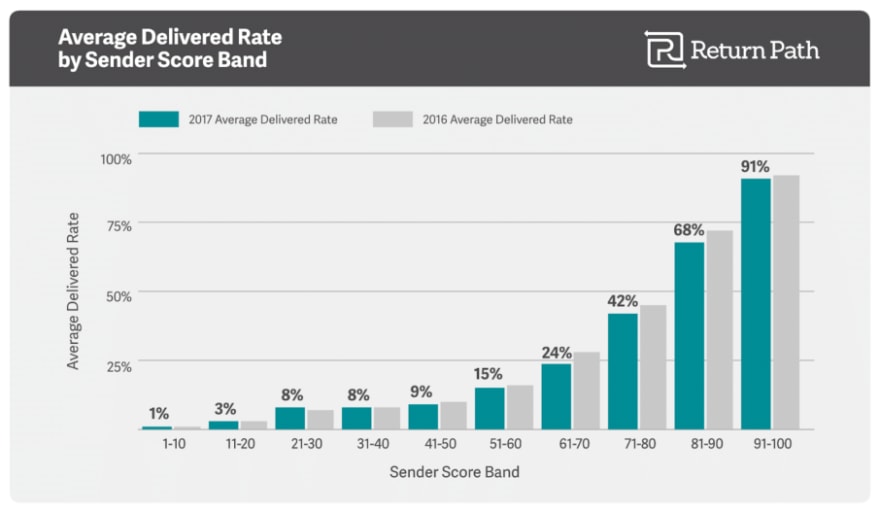
source: https://returnpath.com/
ReputationAuthority
ReputationAuthority is a very old, Flash-based (!) tool from WatchGuard. If you can suffer through the inconveniences, you’ll be rewarded with another reliable tool for measuring an IP reputation score.
When you enter your domain address, the site will return a set of IP addresses you used recently for email sending. Same as Sender Score, it evaluates each on a scale of 1 to 100, 100% being a perfect domain for sending. You can look up each address and get a number of additional details.
TalosIntelligence
Another free tool for assessing your reputation is TalosIntelligence from Cisco. For simplicity reasons, your reputation will be represented by one of three scores: Good, Neutral or Poor.
‘Good’ indicates that the harmful behavior associated with this address is negligible. On the ‘Neutral’ level, you are still on a reasonable level but some messages can be filtered out. ‘Poor’ represents poor deliverability and very likely issues with getting your emails into inboxes.
On top of that, the tool gives insights into the spam level associated with your IP address, its presence on blacklists, and its volume of messages.
While the amount of data is rather limited, their database is huge and lower than expected results in the TalosIntelligence tool can give you something to think about.
Google Postmaster Tools
Google also has an enormous amount of data about which emails go through and which don’t. In their “kindness” they share with the world how they treat specific domains when an email originating from them knocks on their virtual door.
Google Postmaster Tools give you a basic insight into how Google sees your domain. The view is reserved for senders with a higher sending volume and will require you to add a custom record to your DNS. When done, you’ll be able to see how your reputation fluctuates on a 4-step scale.
Google will also let you know how are you doing in terms of authentications, spam reports, or email encryption. The tool is free to use.
SendForensics
One more tool that we can recommend is SendForensics. It’s a much more robust solution than the predecessors on this list. It focuses on the entire concept of deliverability and puts you against other companies on their clients’ list, Oracle and Cisco included.
To assess your reputation, you need to craft an email and send it to your individual account. The site will then assess its various aspects and give you a score in each. You can compare yourself against other companies in the industry or in a particular country.
However, the key value behind SendForensics is breaking down your email account into small pieces and giving you a direction you should follow to boost your reputation.
Interested in more tools? We’ve got a lot more in our article on tools for testing deliverability.
How to improve the sender reputation?
By now, you probably checked the ratings of your domain. Not so happy about it? Stay with us because there’s a bunch of things you could be doing better starting with your very next email.
Authenticate your domain
Adding proper authentication to your accounts gives the incoming servers the assurance that you are who you say you are. Or in other words – it makes it very hard for any phishing attempt to happen on your watch.
The standard set of authentications includes SPF, DKIM and the icing on the cake – DMARC. If you’re having trouble with getting your emails being delivered, making sure everything is fine in the authentications department should be your first step.
Grow your list organically
As we mentioned earlier in the article, some of the things that can really derail your reputation are spam reports, bounces, traps and unsubscribes. Nearly all of these can be avoided if your mailing list is grown in a healthy way.
This means always relying on double opt-in (asking each subscriber to confirm their subscription).
It’s also about communicating properly that someone’s getting added to your mailing list. Not forcing anyone to do so to get some benefits or sneakily leaving a checkbox marked on a registration.
The only way to have a healthy list is to have people who really want to be on it. Otherwise, they’ll sooner or later leave and you’ll be lucky if it’s via an unsubscribe.
And clean it on a regular basis
Assuming you followed the tips above, your mailing list should be in good shape. But it won’t hurt to do some extra gardening.
Some email accounts, especially business ones, get deactivated. Most often it’s because someone moved on to a new role and abandoned the account. The last thing on their mind on the last day at work was probably unsubscribing from all the mailing lists.
Your emails may be bouncing against their inbox from thereon. Whether it’s a soft bounce (autoresponder) or a hard one (the account doesn’t exist), it hurts your reputation. While some ESPs will automatically remove hard bounces right away, all the others you need to take care of on your own.
The same goes for the accounts that never open your emails. You probably have plenty of those that voluntarily joined the list at some point but then seem to have lost any interest in your content.
Chances are your emails are headed straight to spam. In this case, our guide on how to prevent emails from going to spam will be your best friend today.
Most of the time, though, emails are delivered but will drown in the flood of other newsletters and promotions.
A good idea is separating those inactive contacts from the main subscriber group and ceasing to send them your typical emails. Instead, craft a nice “break-up email” or a softer version – a re-engagement campaign. With a few emails, try to regain their interest in your content. If none of these work, you’re really better off removing them from your mailing list.
Work on improving the engagement
Opens, clicks, and replies also matter a lot. Modern email clients learn from users’ behavior. If they see that they never open emails from certain senders, they’re less and less likely to route them into their inbox. This makes for a better user experience but can be harmful to companies with low engagement.
How to make it better? Assuming you grew your list properly and people genuinely want to be on it, the way to improve things is via content.
- Test different subject lines. Make them intriguing so that people want to open an email to check what’s up. At the same time steer clear from spammy words such as “Free”, “90% off” or “Discount.” Use a pre-header to give additional incentives to open an email.
- Try a different frequency of emails. Don’t send too much and be regular. If you commit to sending a weekly newsletter, do it every week, at the same time if possible. And better yet – give a reader a chance to choose the frequency they like the most. They’ll be less likely to leave if they have full control over what they receive and how often.
- Work also on the content of the email. Design it well, keep it concise, and make Call-to-Actions that work for you. Test what works for your audience over and over again.
There’s a lot more you can do to improve your IP reputation and deliverability. In another article, we gathered 18 things you can do right away. This should help too!
Wrapping up
You should now have a better understanding of what the sender reputation is about and what influences it.
Don’t stop here – explore other articles we’ve mentioned throughout the text. Also, check out other articles from our blog as all we talk about is emails and making them better.
And we know a thing or two about it as we proudly develop the world’s most popular tool for email testing – Mailtrap. If you’re tired of creating dummy email accounts to test your email workflows, automate the process in a few simple steps. Get a free Mailtrap account right away and see how it works for you.
Thanks for reading our guide on checking SMTP reputation that was originally published on Mailtrap Blog by Zakhar Yung.

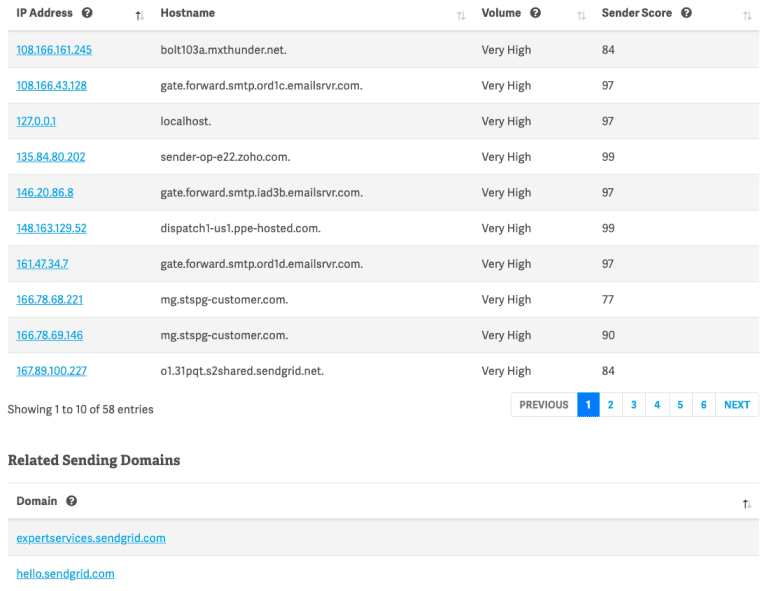
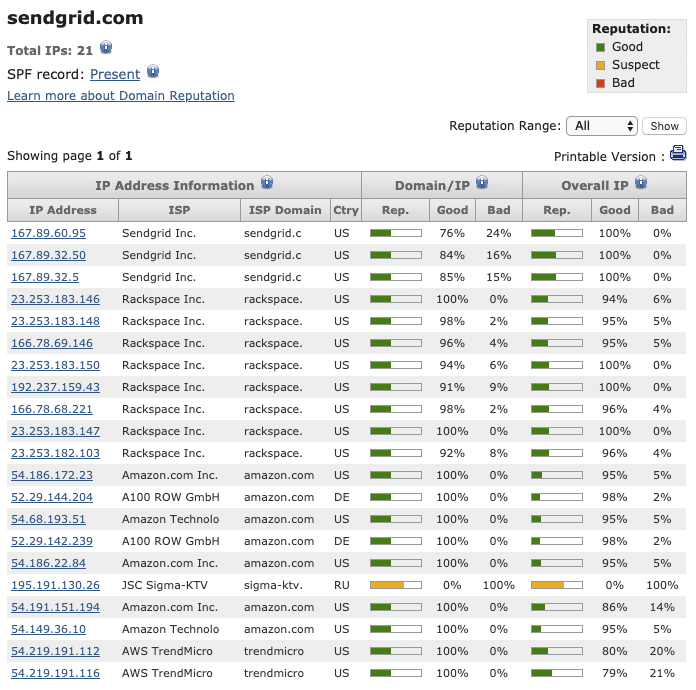
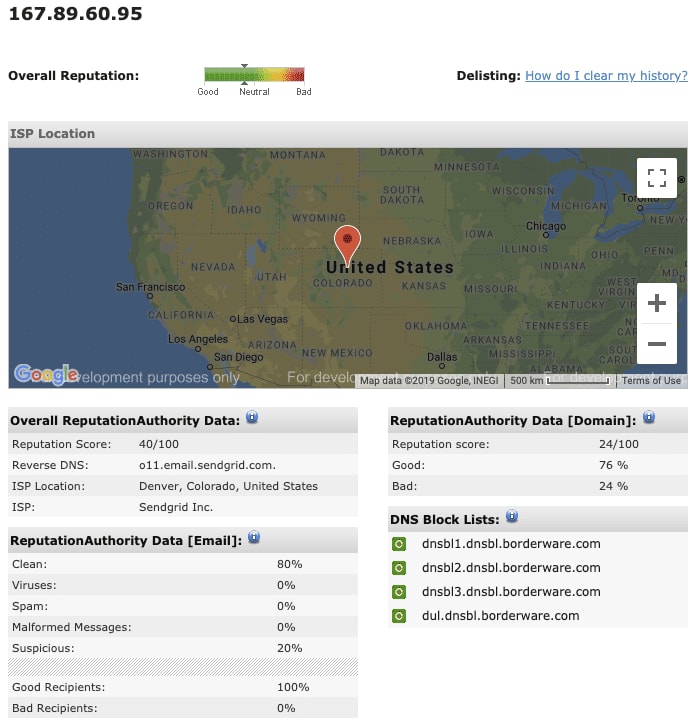
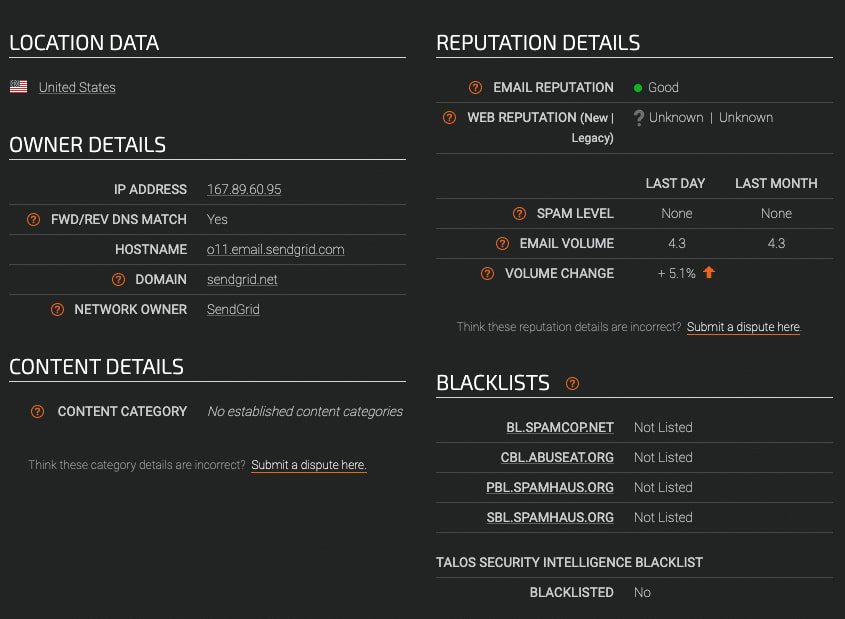

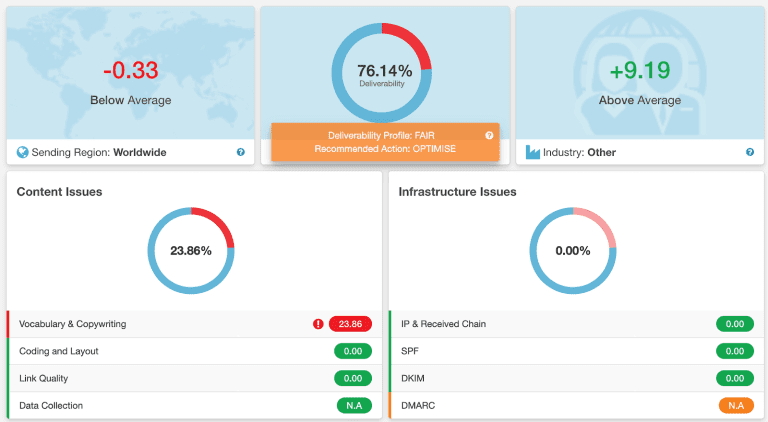


Top comments (0)